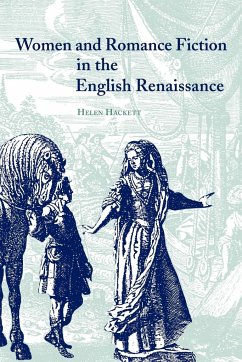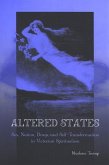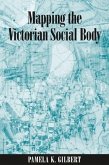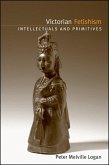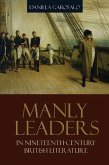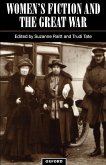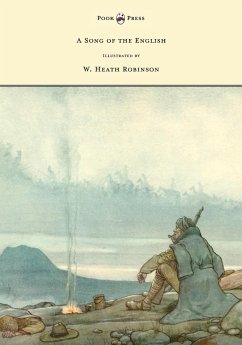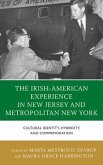Study of women as readers and writers of Renaissance romance.
This book traces the progress of Renaissance romance from a genre addressed to women as readers to a genre written by women. The Elizabethan period saw a boom in the publication of romances by male authors. Many of these, Helen Hackett argues, were directed at an imagined female audience, advertising to male readers the voyeuristic pleasures of fictions supposedly read in women's bedchambers. Yet within a hundred years this imagined audience gave way to real women romance-readers and even women romance-writers. Exploring this crucial transitional period, Hackett examines the work of a diverse range of writers from Lyly, Rich and Greene to Sidney, Spenser and Shakespeare. Her book culminates in an analysis of Lady Mary Wroth's Urania (1621), the first romance written by a woman and considers the developing representation of female heroism and selfhood, especially the adaptation of saintly roles to secular and even erotic purposes.
Review quote:
'A significant contribution to the study of Renaissance prose fiction.' Literature and History
'Hackett's scholarship in this volume is illuminating and rewards close reading as it consolidates critical interest in many unfairly neglected texts in early modern studies.' Shakespeare Yearbook
Table of contents:
Acknowledgements; List of abbreviations and a note on the text; Introduction; 1. The readership of Renaissance romance; 2. Renaissance romance and modern romance; 3. Novellas of the 1560s and 1570s; 4. Spanish and Portuguese romances; 5. Fictions addressed to women by Lyly, Rich and Greene; 6. The Arcadia: readership and authorship; 7. The Arcadia: heroines; 8. The Faerie Queene; 9. Shakespeare's romance sources; 10. Lady Mary Wroth's Urania; Epilogue: the later seventeenth century; Notes; Bibliography; Index.
Hinweis: Dieser Artikel kann nur an eine deutsche Lieferadresse ausgeliefert werden.
This book traces the progress of Renaissance romance from a genre addressed to women as readers to a genre written by women. The Elizabethan period saw a boom in the publication of romances by male authors. Many of these, Helen Hackett argues, were directed at an imagined female audience, advertising to male readers the voyeuristic pleasures of fictions supposedly read in women's bedchambers. Yet within a hundred years this imagined audience gave way to real women romance-readers and even women romance-writers. Exploring this crucial transitional period, Hackett examines the work of a diverse range of writers from Lyly, Rich and Greene to Sidney, Spenser and Shakespeare. Her book culminates in an analysis of Lady Mary Wroth's Urania (1621), the first romance written by a woman and considers the developing representation of female heroism and selfhood, especially the adaptation of saintly roles to secular and even erotic purposes.
Review quote:
'A significant contribution to the study of Renaissance prose fiction.' Literature and History
'Hackett's scholarship in this volume is illuminating and rewards close reading as it consolidates critical interest in many unfairly neglected texts in early modern studies.' Shakespeare Yearbook
Table of contents:
Acknowledgements; List of abbreviations and a note on the text; Introduction; 1. The readership of Renaissance romance; 2. Renaissance romance and modern romance; 3. Novellas of the 1560s and 1570s; 4. Spanish and Portuguese romances; 5. Fictions addressed to women by Lyly, Rich and Greene; 6. The Arcadia: readership and authorship; 7. The Arcadia: heroines; 8. The Faerie Queene; 9. Shakespeare's romance sources; 10. Lady Mary Wroth's Urania; Epilogue: the later seventeenth century; Notes; Bibliography; Index.
Hinweis: Dieser Artikel kann nur an eine deutsche Lieferadresse ausgeliefert werden.

